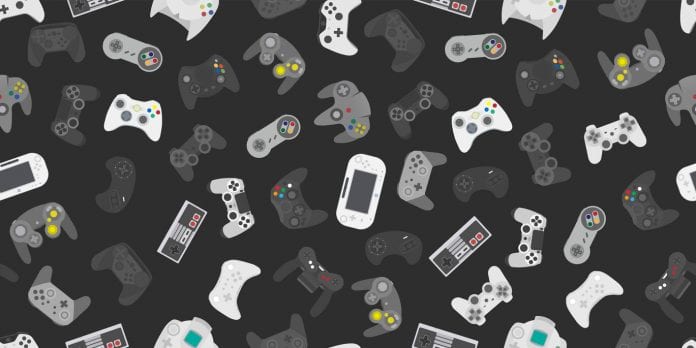A Guide to Backwards Compatibility
Many gamers watch E3 with anticipation, eager to learn when they can pre-order the upcoming titles, many of them claiming to have the highest-quality graphics, the largest maps, and the most intuitive combat. Once E3 has concluded, though, many of those gamers will pick up an old favorite, something that still calls for attention even though it was published fifteen years ago. If they aren’t playing these old games on these original consoles, these gamers are likely relying on some form of backwards compatibility, which puts nostalgia in gamers’ hands. Here’s how.
What Is Backwards Compatibility?

Backwards compatibility is the ability of new hardware to use older versions of the same product. In a gaming system, backwards compatibility means that a newer generation of gaming console can run the games of older systems. The PlayStation 3, for example, could run the games of both the original PlayStation and the PlayStation 2. This allows gamers to enjoy the newest games while still being able to access their old favorites. While backwards compatibility was standard in older generations of consoles, fewer consoles today offer that same versatility.
How Does Backwards Compatibility Work?
The backwards compatible framework within a hardware or software system accesses older versions of the system by using the interfaces and data from those earlier versions. Let’s return to our example of the PS3. While the original PlayStation 3 contained the hardware to run new games built only for its generation, it also contained the hardware necessary to run PS2 and PS1 discs. The PS3 software could recognize that a player inserted an older game and would use the older hardware to run the game.
More recent consoles, however, use backwards compatibility differently. Rather than installing older technology into their new consoles, they rely on something called “software emulation.” This technology allows a console to imitate another system. Microsoft’s Xbox One, for example, does not contain actual Xbox 360 hardware within, but its software does contain a virtual Xbox 360, made only of software. The emulator can run those older games as if the Xbox One contained the hardware of an older system.
Why Does Backwards Compatibility Matter?
Why do console developers go to such lengths to ensure that their new consoles can play older games? Don’t we want only the shiny, new, triple-A titles? Not necessarily. Newer games don’t necessarily mean better games, and gamers enjoy diving back into favorites that defined the genre and that played significant roles in their lives. Nostalgia is powerful, and backwards compatibility allows gamers to relive the experience of games that introduced them to the gaming world.
Making consoles backwards compatible also benefits developers. Developers can expand their library of games by using backwards compatibility software to run digital versions of old games. Consoles become an all-in-one experience, a culmination of previous generations, allowing gamers to enjoy the classics and developers and publishers to make more money.
Backwards Compatibility in Online Gaming
More and more gamers continue to join the online gaming community, thanks in part to the advent of mobile gaming and the popularity of free online games like Fortnite and PUBG, but some gamers still want to play Halo 3 with some friends. Fortunately, backwards compatibility allows them to play online even if they only own an Xbox One. Since the system thinks it’s an Xbox 360, players simply join parties and play games as they would on a 360. Many online games on PC, however, aren’t concerned with backwards compatibility, but instead with whether the game is compatible with your current device or operating system. These games, the likes found on online casinos or in-browser entertainment of popular sites like Miniclip are either streamed or downloaded directly to your device.
Backwards Compatibility in Gaming Today

Fortunately, developers recognize that their customers care about backwards compatibility, and they are integrating that technology into future console generations. Microsoft, for example, has revealed that the upcoming Xbox Scarlett will be backwards compatible with every previous Xbox generation. Sony has also announced that the upcoming PlayStation 5 will be backwards compatible, at least back through the PS4 generation.
While video game developers are continually looking forward and building innovative systems, many fans will also continue to look backward at the games that served as a foundation for the favorites of today. The hunger for nostalgia will likely encourage developers to consider their pasts as they build their futures.







